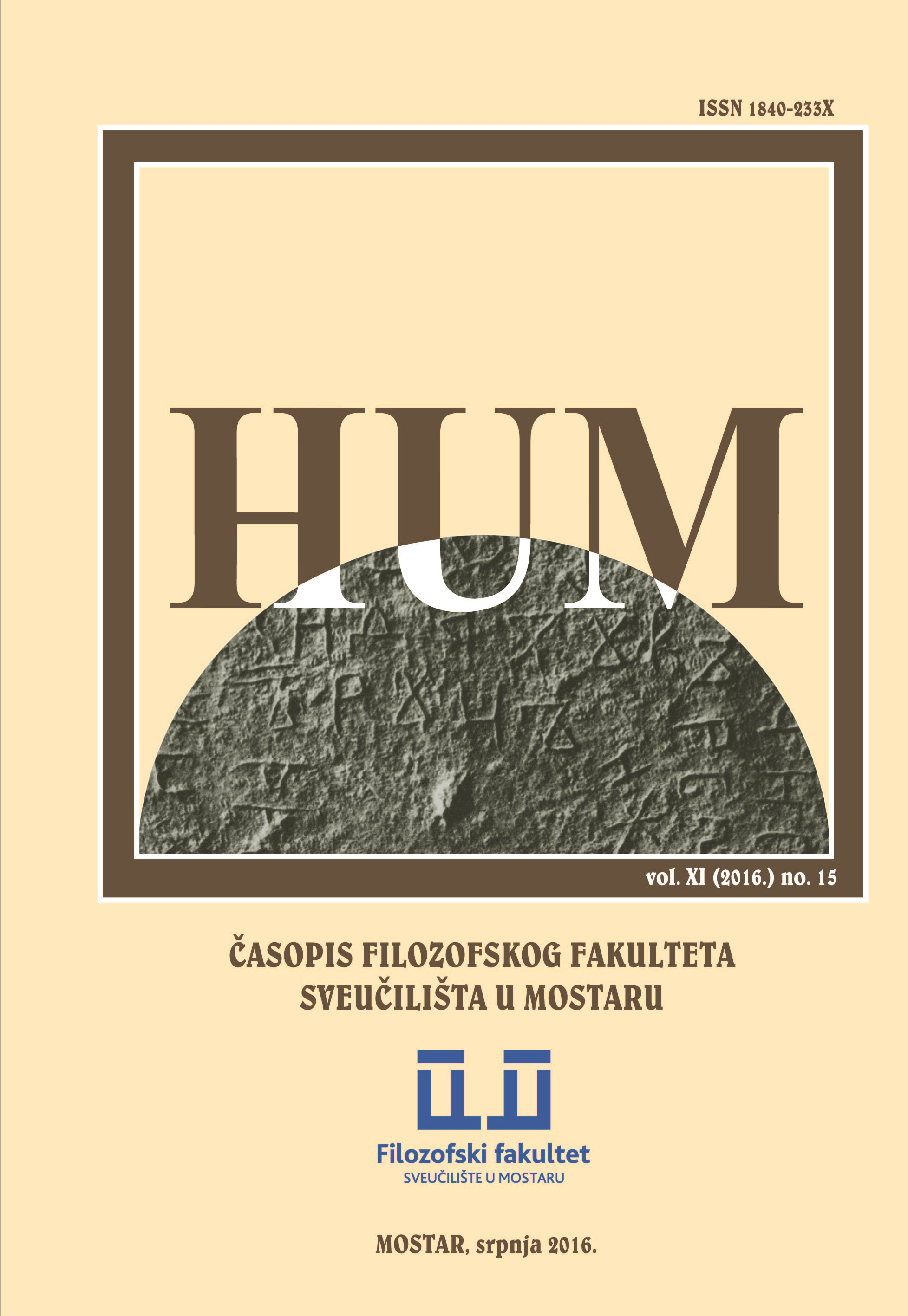EDGAR ALLAN POE’S CHEVALIER AUGUSTE DUPIN
EDGAR ALLAN POE’S CHEVALIER AUGUSTE DUPIN
THE USE OF RATIOCINATION IN FICTIONAL CRIME SOLVING
Author(s): Biljana Oklopčić, Helena MarkovićSubject(s): Language and Literature Studies, Studies of Literature
Published by: Filozofski fakultet Sveučilišta u Mostaru
Keywords: Edgar Allan Poe; detective fiction; mystery; Chevalier Auguste Dupin; The Dupin Tales
Summary/Abstract: Edgar Allan Poe’s influence on detective fiction writers has been so large that his fictional detective became the prototype for many later ones, most notably Arthur Conan Doyle’s Sherlock Holmes and Agatha Christie’s Hercule Poirot. The character of the amateur detective Chevalier Auguste Dupin is featured in three of his stories, also known as The Dupin Tales: “The Murders in the Rue Morgue” (1841), “The Mystery of Marie Rogêt” (1842-1843), and “The Purloined Letter” (1844). In these stories, Dupin solves various crime mysteries with the aid of his unnamed helper. The first tale is an example of a locked room mystery, the second portrays Dupin as an armchair detective, and the third introduces the motif of an unlikely perpetrator. All three stories show Dupin’s unique method of crime solving which strongly binds his observations and conclusions by the principle of ratiocination showing that no matter how extraordinary a crime is its solution always adheres to the principles of cold logic.
Journal: Hum
- Issue Year: XI/2016
- Issue No: 15
- Page Range: 97-111
- Page Count: 15
- Language: English

